
Intersections has offered a platform to extend USC’s Visions and Voices three-part series examining community building in and around USC and South Los Angeles. The events focus on movements and organizations that are responding to the disparities and injustices that structure life in South LA. Their daily leadership, sacrifice and creativity helps bind South L.A., catalyzing progressive and sustained neighborhood change. In light of USC’s recent expansion and potential impact on our neighbors, it is crucial that we take stock of the university’s role in the civic and community life beyond our walls, and understand the significant work, service and fellowship already being cultivated by community members and institutions.
This online space allows for continued sharing and conversation on these topics. [Read more…]










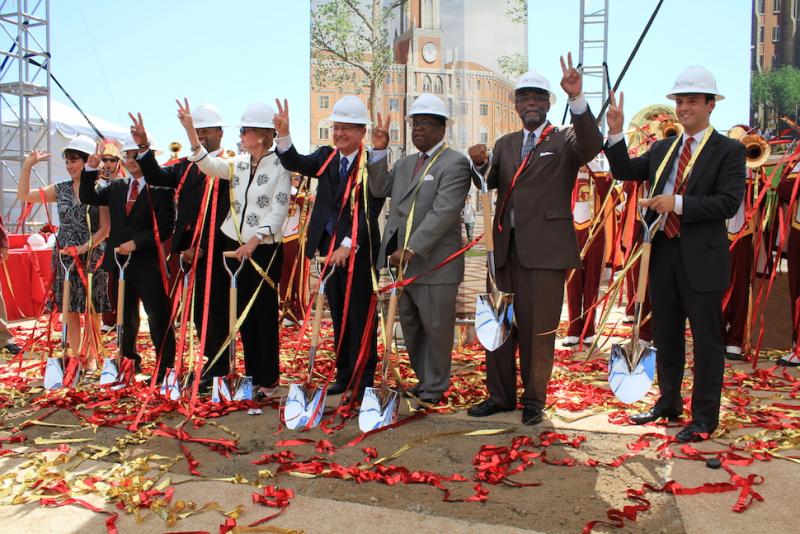
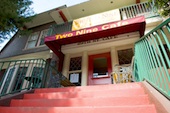 When employees leave him high and dry on a busy Friday night, the restaurant manager of the 2-9 Cafe does not think twice about picking up the slack. He quickly clears a table, places an order for patrons, and delivers food to a group of hungry customers. For Garinn Morton, this is just one of the many obstacles he has overcome as the owner of this establishment.
When employees leave him high and dry on a busy Friday night, the restaurant manager of the 2-9 Cafe does not think twice about picking up the slack. He quickly clears a table, places an order for patrons, and delivers food to a group of hungry customers. For Garinn Morton, this is just one of the many obstacles he has overcome as the owner of this establishment.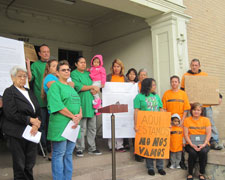
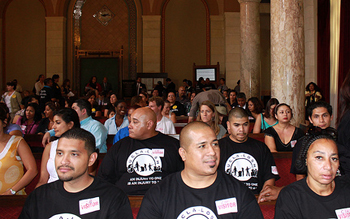 Packed aisles at Los Angeles City PLUM Meeting August 21. A vote approving or denying USC’s Specific Plan for University Village was postponed to November.
Packed aisles at Los Angeles City PLUM Meeting August 21. A vote approving or denying USC’s Specific Plan for University Village was postponed to November.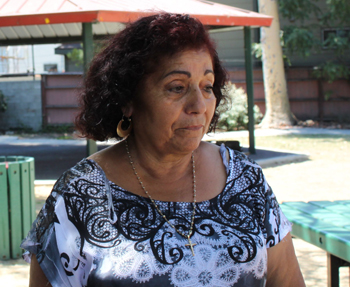 Juana Osorio is worried about getting pushed out of the neighborhood by the USC Master Plan.
Juana Osorio is worried about getting pushed out of the neighborhood by the USC Master Plan.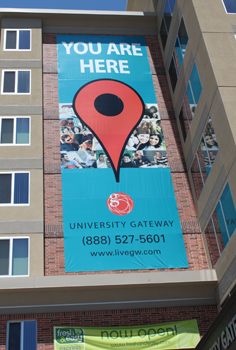 And they often do pay higher rent. Privately-owned student housing can soar to $4,000/month, which is the case at the Gateway Housing development, located on the corner of Jefferson and Figueroa. Rents for a 2-bedroom apartment are $999 per person if the bedrooms are shared with another occupant. If the rooms are rented privately, the monthly rent is $1,798.
And they often do pay higher rent. Privately-owned student housing can soar to $4,000/month, which is the case at the Gateway Housing development, located on the corner of Jefferson and Figueroa. Rents for a 2-bedroom apartment are $999 per person if the bedrooms are shared with another occupant. If the rooms are rented privately, the monthly rent is $1,798. Jon Samore, co-owner of Vermont Outlet True Value, says USC needs to give the neighborhood more information about its plans.
Jon Samore, co-owner of Vermont Outlet True Value, says USC needs to give the neighborhood more information about its plans.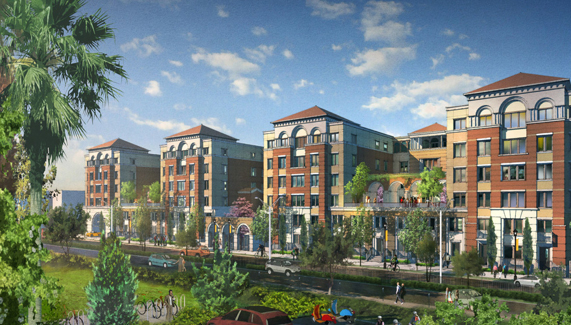
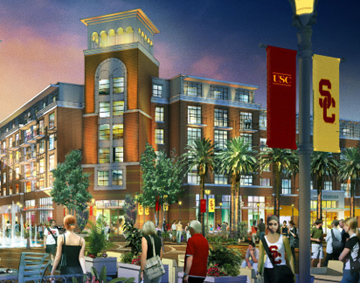 The new plans call for a mixed-use development with retail space on the ground floor and student housing above. The housing is especially important, because USC students have moved into housing that would have been rented by local families. The proposed housing units in the new development should return 900 units to the community, according to the Master Plan for University Village. However, this may not bring the expected benefits to the neighborhood. Paulina Gonzalez, Executive Director of Strategic Actions for a Just Economy (SAJE), a South Los Angeles community housing and economic development group, said,
The new plans call for a mixed-use development with retail space on the ground floor and student housing above. The housing is especially important, because USC students have moved into housing that would have been rented by local families. The proposed housing units in the new development should return 900 units to the community, according to the Master Plan for University Village. However, this may not bring the expected benefits to the neighborhood. Paulina Gonzalez, Executive Director of Strategic Actions for a Just Economy (SAJE), a South Los Angeles community housing and economic development group, said,  Itzhak Nughadam, 64, owns Touch of Class beauty salon in the University Village Shopping Center. Nughadam chose this location 37 years ago because of the built-in student population, which once provided a steady stream of business. Since the recession hit, Nughadam saw his revenue plummet by as much as 30 percent.
Itzhak Nughadam, 64, owns Touch of Class beauty salon in the University Village Shopping Center. Nughadam chose this location 37 years ago because of the built-in student population, which once provided a steady stream of business. Since the recession hit, Nughadam saw his revenue plummet by as much as 30 percent. 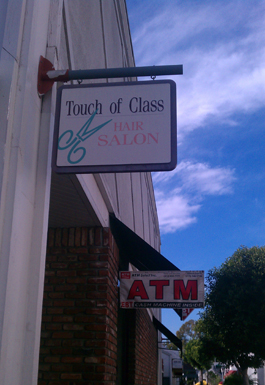 RE: What factors contribute to how your business is doing?
RE: What factors contribute to how your business is doing?




